
VAMPIRE TOWER
12/31/20 | N.B.
Quietly but steadily unveiling an army of albums over the last decade or so, Vampire Tower is the most unique and under discussed act of the modern dungeon synth revival. Many readers will recognize the French project’s distinctive album art that often comprises stark medieval etchings in black superimposed always on the same shade of fresh-blood red. Yet relatively few in the ever-growing dungeon synth fandom seem to fully embrace the depth of what lives at the heart of Vampire Tower.
Since its inception in 2017, Vampire Tower has been celebrated especially by fellow dungeoneers (a DS artist’s DS artist, if you will), and the more seasoned musicians in the dungeon synth community. Whereas dungeon synth was more or less founded on somewhat clumsily (albeit charmingly and enchantingly) mimicking medieval and baroque musical style while relying heavily on visual aesthetics, Vampire Tower springs from the mind of a bonafide early music scholar. Although the project’s sound remains firmly rooted in dungeon synth tinged with subtle progressive influences, the music frequently delves into four and five hundred-year-old musical styles with an authority and depth of knowledge that other dungeon synth artists only scratch the surface of. Below, the artist behind this mighty dungeon synth fortress details the conjunctions of history and modern life that birthed this uniquely wonderful entity.
How have you passed time during the pandemic? What are your thoughts on this situation?
I managed to go to my family’s house and spend two month in the countryside instead of a small flat in the city. Unfortunately I had to leave my studio behind me, but I reorganized and recomposed some very old tracks I made many years ago, and published them under my dark ambient project Dream Research, that you can find on Bandcamp. The situation is really hard for musicians who rely on a freelance career, and I wouldn’t be surprised if this kind of job slowly disappears in the next years. Maybe professional art has to disappear to make people understand how actually important it is? As for the whole health crisis, it taught us a lot about how our society works, especially with information. Right now every single interpretation is defended by people who look equally qualified to someone who is absolutely not in the medical field like me, which is very confusing. I’m especially concerned by this since I live on a triple border and work simultaneously in at least three different countries.
Where did you grow up? What was the local music scene like there, were there any active metal artists?
I grew up in a rather ordinary town in Eastern France. I guess there were probably a few small local bands, but no big active metal artists as far as I know. For me listening to extreme metal was an introspective process (shared with a few friends) rather than being part of a community. This came much later.
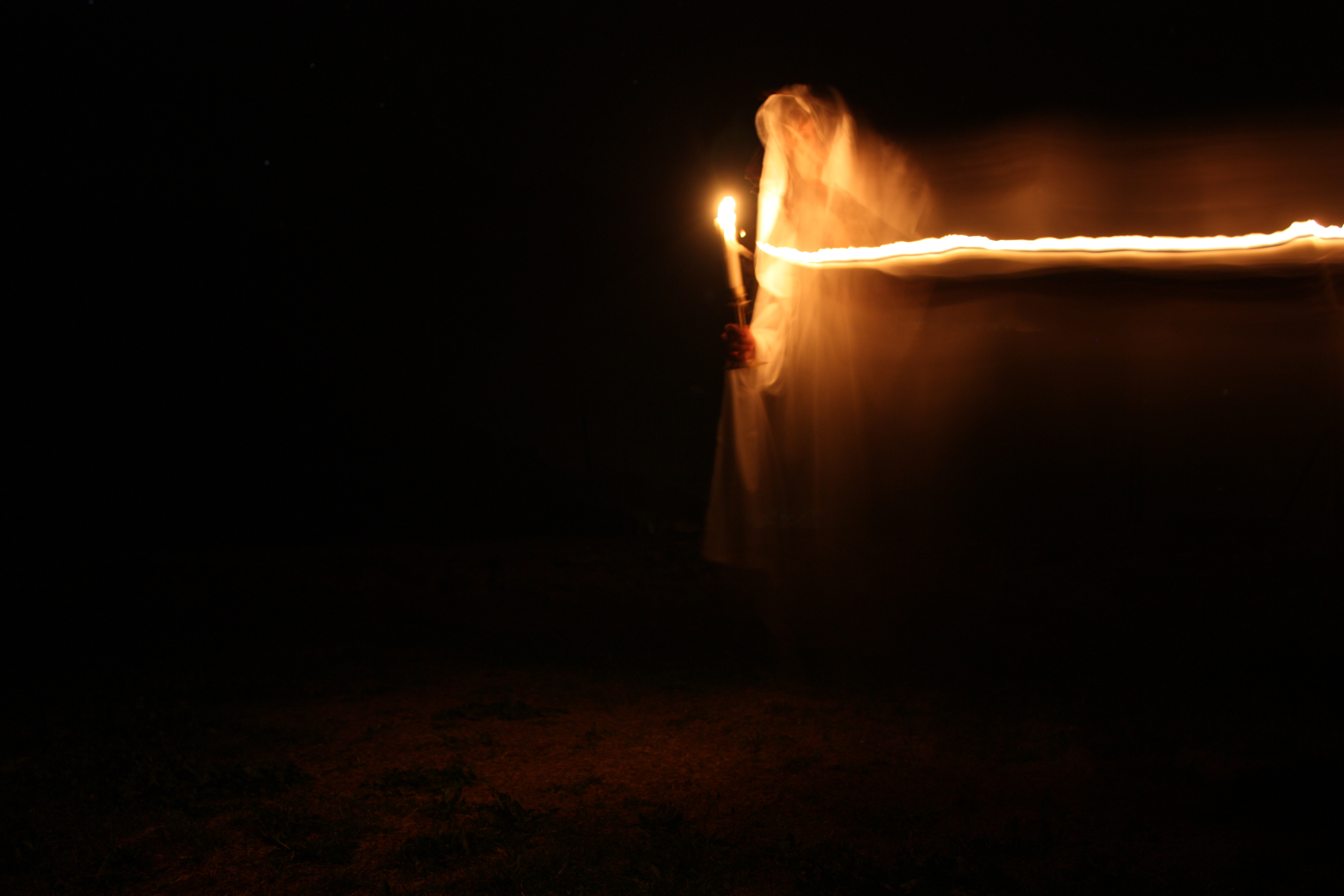
What was the first instrument you learned to play?
I started to have violin lessons when I was around 5 or 6 years old.
When did you start playing classical music?
Technically, I started playing classical music at that time. Both my parents are musicians with a classical training, so there was always some kind of classical music at home.
How did you discover dungeon synth and black metal? What drew you to dungeon synth/dark ambient in particular?
I discovered black metal in high school, through a very ordinary teenage crisis process. My friends were mostly listening to bands with a very rock’n’roll attitude, but I was more interested into looking for the most genuinely evil music, and also for bands that were somehow redefining the whole process of songwriting. I ended up being really into the only band my friends didn’t really like: Burzum. I always enjoyed those little interlude tracks in early black metal albums, and the few times musicians would do an entire album of such music. At the time, what would be later called "dungeon synth" was a very precious kind of music: there were enough albums and musicians to [establish] the aesthetic, but it was still little enough to not feel overwhelmed, like it is today. In its entirety dungeon synth was an extrapolation of the concept of interlude, spin-off or alternative: "Han Som Reiste" is an interlude in Det Som Engang Var, but Temple Forest is also an interlude in Hate Forest’s discography, and Neptune Towers (which is assimilated to DS as a non- metal project from a black metal musician) an interlude to Fenriz’s general music production. Mortiis could even be considered an interlude in the whole Norwegian second wave. Of course I liked the sound, but this idea that there was a side aesthetic, which was coherent and loosely unified, within a genre that was supposedly very dogmatic, was something that definitely caught my interest as well.
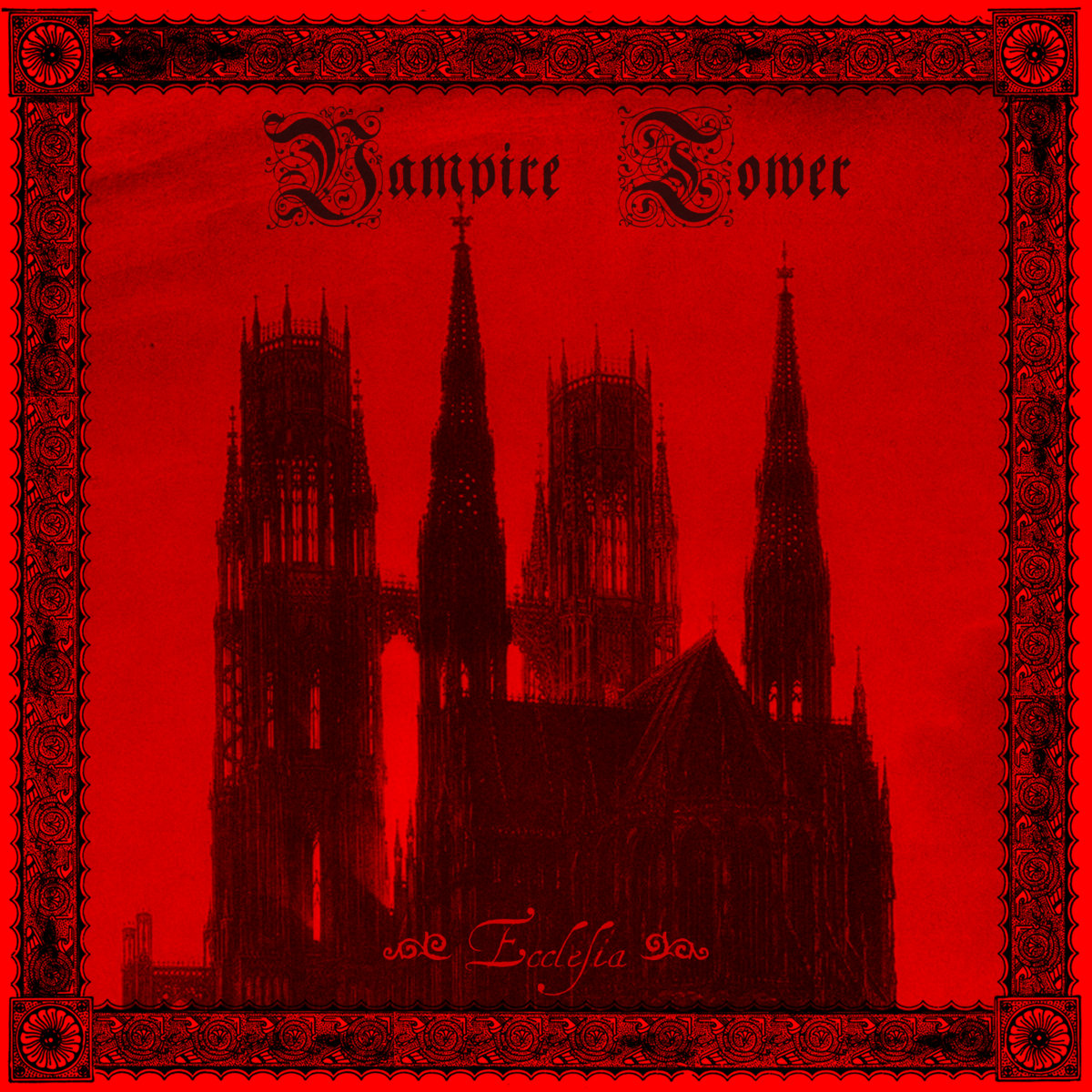
You’re an extremely accomplished early music scholar and performer-what led you to follow that path?
I discovered early music during my violin studies, after my high-school degree, which is actually rather ordinary: like many other students, I was starting to lose interest in the traditional classical music training, but didn’t want to actually drop classical music. I believe my taste for black metal also had a slight influence, as both genres are alternative to the point of being sometimes stigmatized, focus on ancient times, and question the concepts of authenticity and radicality. I had the chance to later get a full cursus in one of the best institutions for early music in Europe, so I could have a very detailed training in this field.
What are your current endeavors like as a performer of early music?
I’m mostly focusing on improvisation practice at the turn of the 16th and 17th centuries. Improvisation was a very normal part of music performance in that time, and it’s quite rare to specialize in this topic today, as improvisation is still quite absent of the classical music practice, or present only as a very specific thing (although it’s getting better, especially in early music teaching). I also play often with a church organ: as opposed to the modern belief about early instruments, in the early 17th century the violin was not a soft and delicate instrument, but a rather loud and powerful one. I’m quite a radical advocate of the unilateral use of historical sources in performance. This is an interesting process if you compare it with black metal dogma (it can easily look like fanaticism from the outside but from the inside it’s more about coherence, dedication, and a resulting artistic quality). In a way, radicality is the common thread through my different fields of musical performance (not at all limited to dungeon synth and early music!) which are otherwise barely related at all.
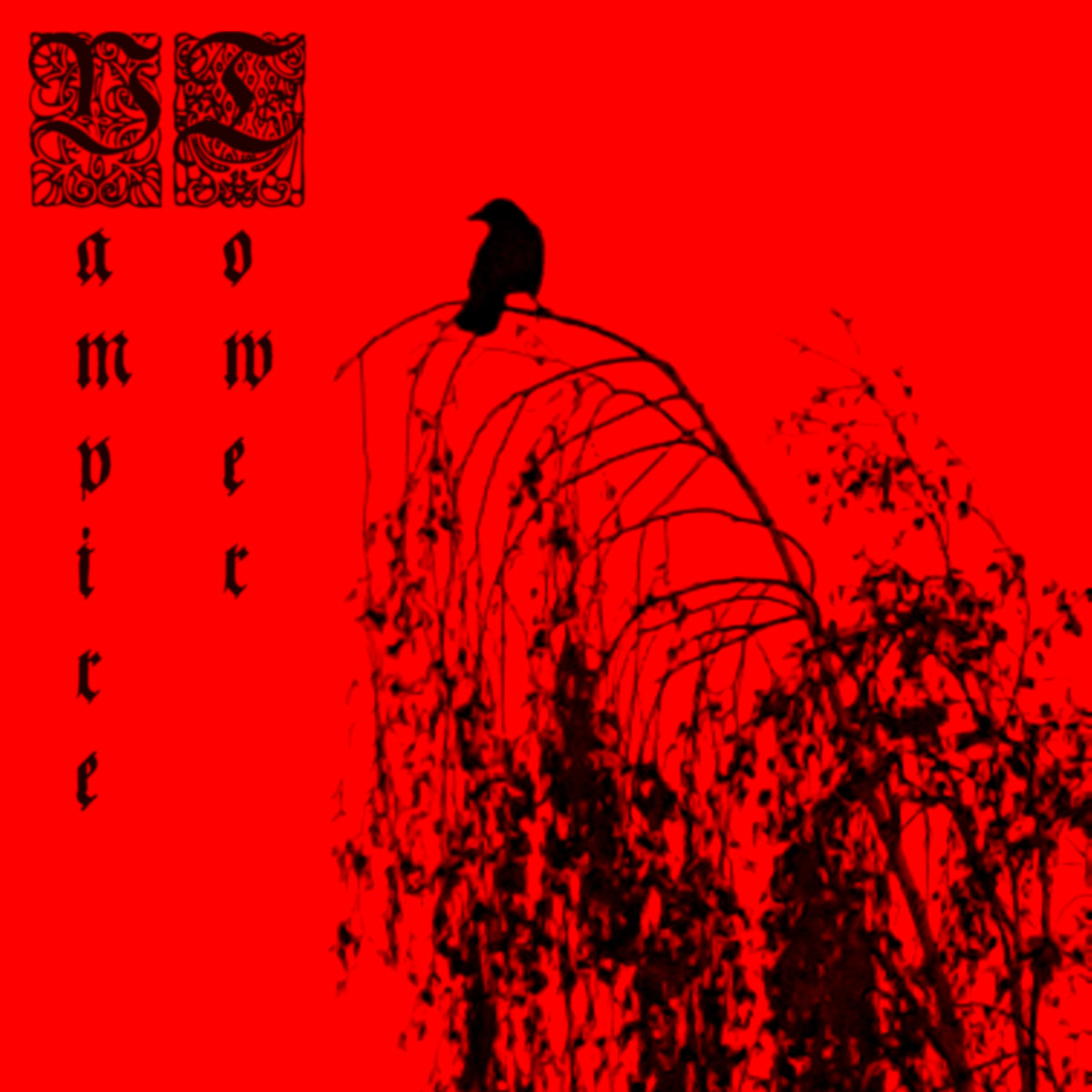
Which classical composers/works influence your music the most?
I don’t really have precise composers that influence me for Vampire Tower, but I sometimes use techniques of improvised counterpoint from the late 15th century, as described by theoreticians from the time (like Johannes Tinctoris or Franchinus Gaffurius). You can hear some stylistic elements of different eras in some Vampire Tower pieces. There have been always some 14th and 15th century elements lurking here and there, and Ecclesia has some strong influence from French baroque organ music, as well as a piece written on a Gregorian chant melody rhythmicised like it would have been done in the 13th century (although the rest of the composition is nowhere near this aesthetic). Nevertheless, I don’t try to absolutely make connections between the two, unless I find a musically relevant reason to do so. I’m not fond of crossovers, as there is already a lot to explore with one given aesthetic.
Dungeon synth is frequently quite rudimentary music - what led you to take a more complex, classical approach with Vampire Tower?
I didn’t really think about it as something complex. Vampire Tower is actually my easy project, most of it is live and improvised with very little editing and post-production. I’m a classically trained musician, and when you play a kind of music which is purposefully "amateur" like dungeon synth, there is a moment when you can feel this part of your musical training as interfering. I eventually became aware it would be absurd to deny this part of my musical personality and therefore try to fake it, making a music which would not be mine. However, my point is not to constantly feed Vampire Tower’s compositions with classical music theory, but when I improvise a piece, and something comes by which is reminiscent of classical Renaissance counterpoint, baroque harmony, or else, I just let it find its place naturally.
What are your thoughts on the authenticity of the musical connection between actual early music and modern “medieval ambient” (a.k.a. dungeon synth)?
This is a very interesting question that would require a much more elaborate answer. I came to both through their regular path: through classical music school for early music, and through black metal and "dark music" in general for dungeon synth. Therefore I can see how these are two completely different musical universes, which existed in parallel for several decades now. A very telling example of this parallelism is the difference between musical renditions of the Edda poetry by two legendary music ensembles: Sequentia (coming from the early music or historically informed approach, even though I’m sure they would reject the term) and Wardruna (who directly comes from the black metal scene). Wardruna’s approach allow them to claim a form of authenticity while using blatant anachronisms and care very little about historical accuracy, which would be absurd for a group like Sequentia, even though they are really far from the caricatural musicologist-only approach. Both are taking the same material from a completely different angle, and those two approaches will very unlikely meet. Dungeon synth is definitely on the imagination and fantasy side, like when the Romantics reinvented a fantasist Middle-Ages with things they liked, on when Renaissance painters depicted biblical characters with contemporary outfits.
Early music (or historically informed performance), on the other hand, aims to retrieve the the proper tools that will give more coherence to an interpretation and unveil the full expressive potential of a given music aesthetic. However, some connections do exist, but on a more basic level: the Early Music movement is kind of a counter-culture within the classical music scene, and I found quite a lot of my colleagues to be into different kinds of musical subcultures connected to metal or industrial music, not really because of the common thematics (like you could think at first), but rather because of a similar way of "being alternative".
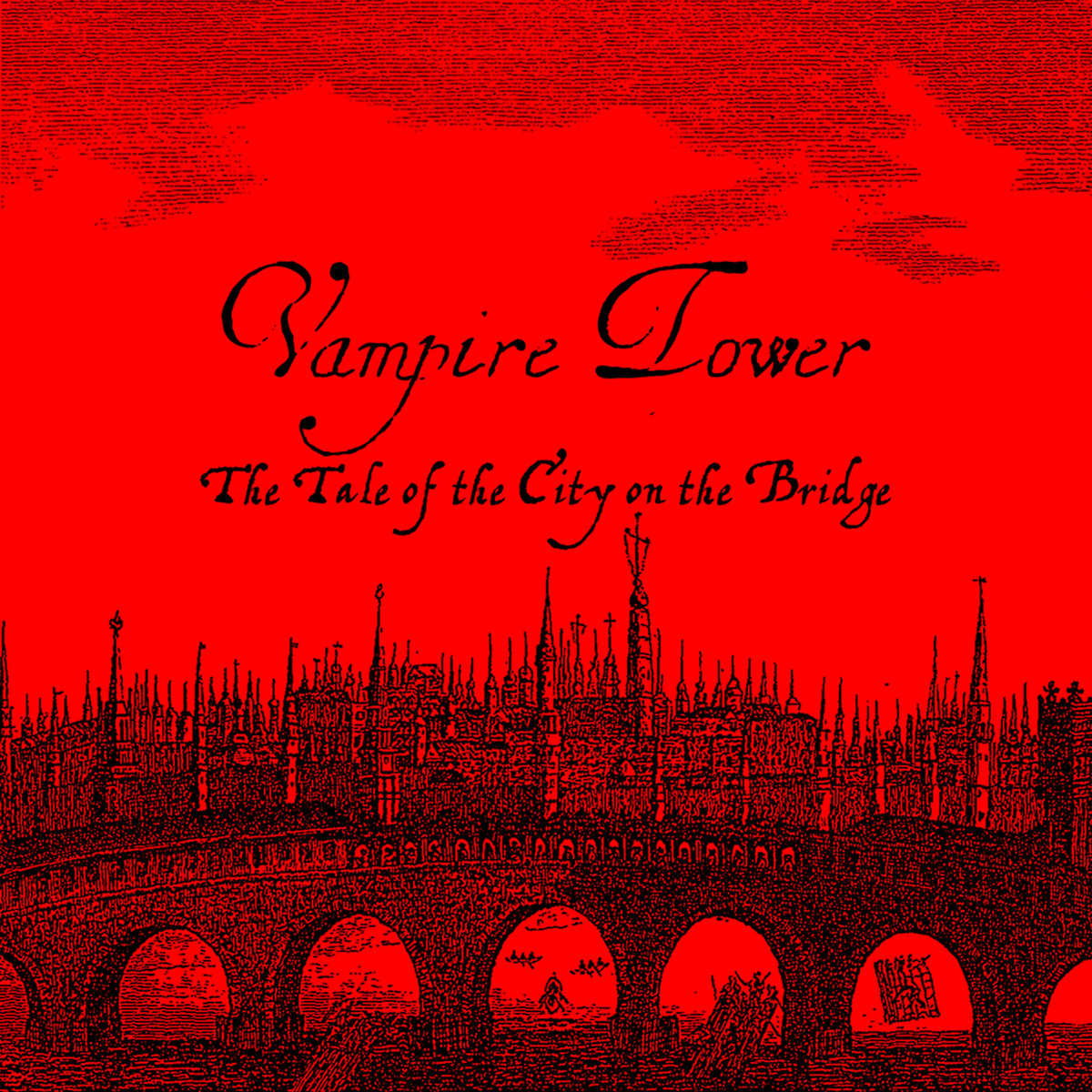
Is there a unifying musical aesthetic you strive for in these releases despite some stylistic variations?
First of all, unless many artists who refuse to be categorized as "dungeon synth", I’m quite happy with being assimilated to it. The music I do as VT is probably something I wouldn’t do if the dungeon synth genre didn’t exist as such in the first place (or at least I wouldn’t have an entire project devoted to it). It is truly my way to take part in that scene, even though I don’t identify that much with its current evolution. I try to stay within the boundaries of what I consider "dungeon synth" is, and I experiment with expanding these boundaries, but not in the sense of mixing it with other aesthetics (I don’t think it term of "dungeon synth mixed with this and that" but rather "is it still dungeon synth if..."). Basically, it has to be synth music about dungeons. If I want to do a guitar album about robots, I’ll create another project. I did one exception for my participation to the 2nd volume of Dungeons in the Void because I wanted to release it with a name people already know, but it’s probably the furthest I will go with Vampire Tower. Maybe it’s the start of a new project?
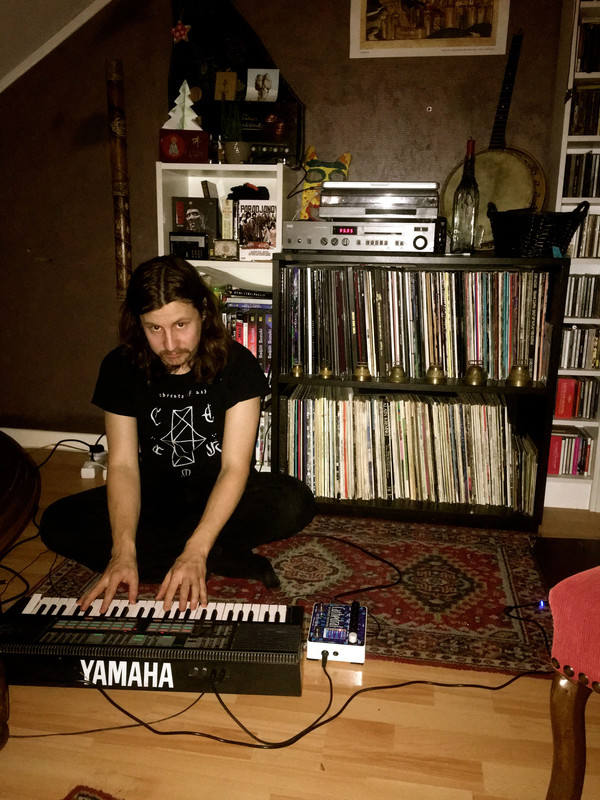
Several VT albums are noted as being recorded in a single take and without processing - what is your preparation and recording process for this like?
Most of them are recorded live, indeed. The first demo had one part overdubbed, and An Evening at the Witch-House is the only one (so far) which is properly multi-layered (but using almost entirely one instrument). The general musical idea is to use only one instrument, for several reasons. It gives a very specific sound identity to every release, and I’m usually just trying to see all the possibilities of the instrument, both as a sound generator and as a physical object, almost a "totem". For instance, Ecclesia was recorded on an analog home organ; it is a huge, heavy instrument, with ornate plywood and lighting, which make it look like an altar. It makes a loud "poc" when you turn it on, then it’s constantly humming, and you really feel like you’re performing some kind of strange ritual. It has a lot a various stops, but everything stays in a quite similar common analog organ sound palette, so the album is quite focused, and with a very solemn feeling.
Then on the opposite, The Tale of the City on the Bridge was recorded on a Yamaha FM keyboard: a tiny, toy-sized plastic keyboard with hundreds of sounds and rhythms that you can twist and alter in many possible ways, so the resulting album is this collection of short tracks covering a large palette of atmospheres, sometimes even with a comical side. I start with very little to no musical idea, and just experiment with the possibilities of the instrument until a certain character emerges. For instance, I never willfully decided to include synth-pop elements, but as many of the keyboards I use with that specific project are late 70s or 80s instruments with a dedicated rhythm section, it would be a shame not to use it. The idea of one-take recording is also to go as far as possible with the possibilities of the instrument: some of them include sound combination or live editing options, but (mostly with home keyboards) they’re always quite limited and I find it very creative to play with these limitations. This is not an absolute rule though, and there is always a little bit of editing. The same thing happens with mistakes: as most of the music is improvised with different degrees of planned structure, I keep a take I’m satisfied with, even though there might be some mistakes or approximations.
Have you performed as Vampire Tower in a live setting before? How do you feel about dungeon synth as a live music genre?
I did only a handful of private performances so far. On one hand, as a typical "bedroom" genre, it seems like dungeon synth is not that compatible with a public concert situation; on the other hand though, its simplicity can work very well with the idea of a "plug and play" live performance. I’m really open to this and I think so far the different live dungeon synth events have been going very well. I personally dislike to have to rely on prerecorded parts, and for all the projects I make which have a "studio" version with overdubs, if I have to do a concert version I always arrange them in a way I have to rely only on live instruments. Arrangement is aways a very stimulating creative process. It also means the concert very will be slightly different, which I think is a good idea. Nothing is played exactly the same twice, and every performance is a unique experience.
What inspired Vampire Tower’s thematic/conceptual albums like “The Tale of the City on the Bridge”, “An Evening at the Witch-House” etc.?
I’m usually terrible at finding names when I have to, so very often music comes first, even for concept albums. For instance, for The Tale of the City on the Bridge, even though it’s probably my most precisely narrative release to date, I had to wait for weeks before releasing it simply because I couldn’t find the name. Then I made the artwork, and the concept came with it. Similarly, the theme of An Evening at the Witch-House came when I decided to use movie samples with witches. I like the idea of concept or "story" albums, but I don’t especially want to rely on preexisting ideas, so there is a narrative content behind pretty much all of Vampire Tower’s releases, but it’s up to the listener to invent whatever they want around the basic elements I provide. This is helped by the fact that music comes first: I set up a collection of ambiances or moods, usually without thinking about a specific storyline.
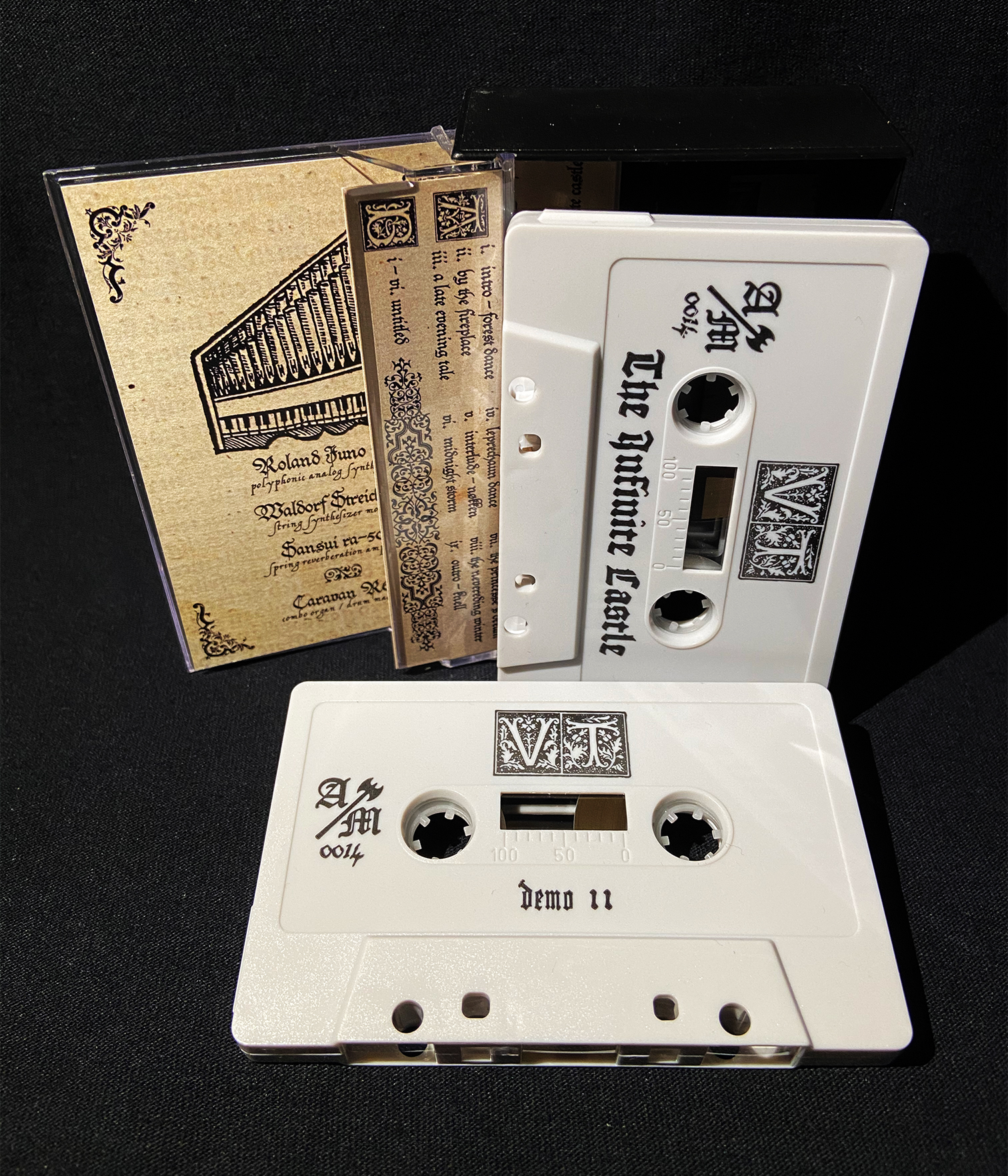
Ecclesia seems to feature an especially progressive sound when compared with your earlier works. How do you think the sound of VT has evolved throughout the six albums you've created?
Vampire Tower actually started as a kind of half ironic project, and then it became increasingly more and more serious, so the sound and compositions are probably more focused after the first two untitled demos. It is the only real evolution I can see. Vampire Tower has a very non-linear evolution, as it depends mostly on the instrument used for each release. Some call for a minimalist, lo-fi aesthetic while other suggest something warmer and more generous. This allows me to have a great variety while keeping a clear overall concept for the whole project.
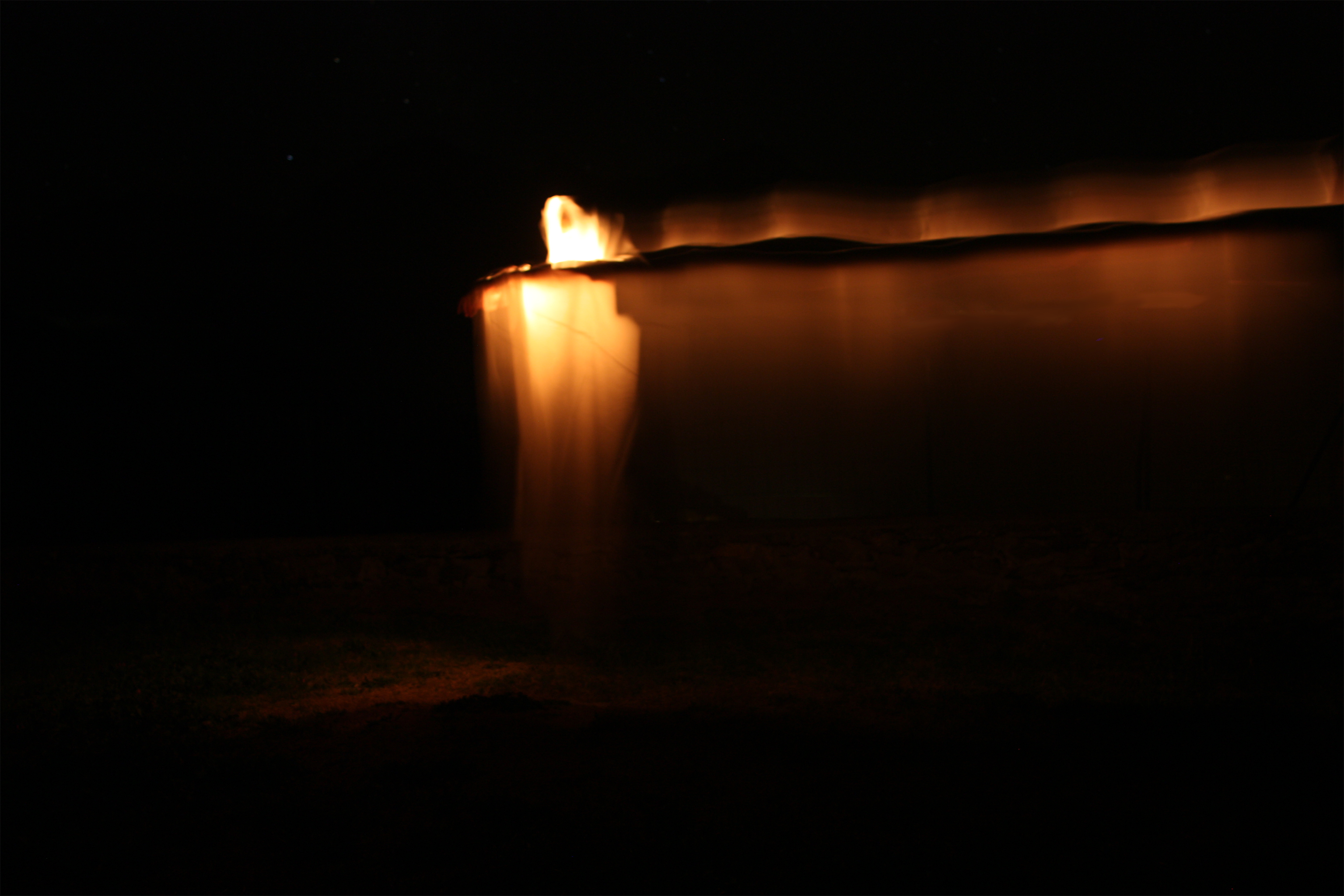
What do you think is the role of visual aesthetics in DS and black metal? How do you go about selecting and creating art for VT and other releases of yours?
It’s important of course, but I’m not sure if it’s really more important than in any other kind of music (or at least should be). Dungeon synth and black metal obviously share a lot of visual aesthetics, and as we’re talking about genres which are very codified (relatively speaking), you can quite often "judge a book by its cover", at least to some extent. If your artwork uses a Necrolord- style colored painting, a black and white photo of a forest or a xeroxed portrait in corpsepaint, it already gives an idea of how the music is going to sound, the next step being to either fulfill this expectation or deceive it. This way you can completely change the way the musical content actually sounds with the sole artwork. I recently stumbled upon a free jazz tape with a completely black metal artwork and it undoubtedly influenced my listening.
As for myself I use mostly ancient iconography, as it’s something I’m working on quite often with my job in musicological research. There is a nearly infinite supply of strange and obscure illustrations, and woodcuts work especially well with my minimal black and red color scheme. Dream Research is similar in some ways, but I focus mostly on 19th century scientific sketches. As you can see with both projects, I have a fairly strict specification, which helps creating aesthetic unity around each one.
How many synthesizers and organs do you own? How do you go about selecting them for recordings?
I would say I have a dozen electronic keyboards now, from huge organs to toy mini keyboards. I also have quite a lot of effect pedals and some noise boxes, and a lot of percussions and ethnic instruments, as well as several early instruments from the violin family (which is my first instrument). As for the choice of instrument, I just choose one (or a small combination) I didn’t use yet. I didn’t go through the whole collection yet, so the next 3 or 4 Vampire Tower releases will probably be single take recordings using one instrument only, so they will sound very different from what is already released.
Can you tell us about how some of your other project(s) such as Urghun came to be? Both it and VT draw on medieval/renaissance aesthetic design but are quite distinct musically.
About Urghun, we met at the Early Music School we were both studying at, with the obvious connection that we were both also coming from the black metal culture. Urghun was means to be a dungeon synth project at first, and I guess I created Vampire Tower when Urghun went to something wider in style. There are connections of course, and in a way Vampire Tower was born from Urghun. Several VT releases were conceived during the long production process of Urghun’s Snake’s Hand, for which we used almost all the electronic instruments I own. Some of Vampire Tower releases include rejected ideas from Urghun, and vice versa. As I explained it before, I just have put online old dark ambient tracks (they earliest being from around 2007) under the name Dream Research, and I intend to release new material as well. There are always connections between my different projects; for instance, the continuous background drone on Snake’s Hand has been rearranged and released as a stand-alone piece as Dream Research.
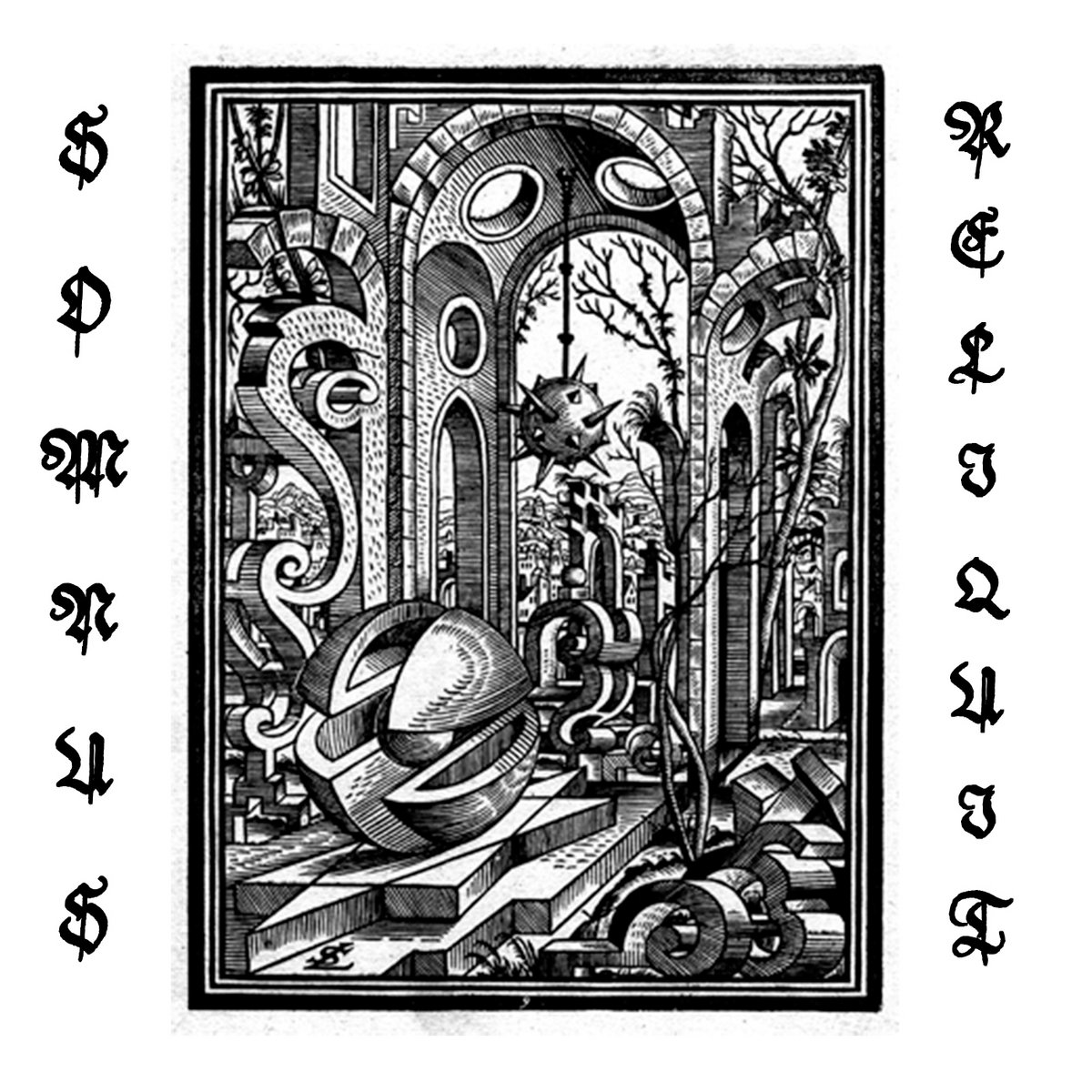
Are there any other important influences on VT? Any non musical influences?
I have a few favorite dungeon synth and non-dungeon synth artists of course, that influence my production to some extent. However, for the production itself, my main influence is to see what I can do with the instrument. The point is not to claim no influence at all (I’m actually happy if someone finds similarities with musicians I admire). I’m not much influenced by visual arts or literature, not directly at least.
What are some contemporary dungeon synth/dark ambient artists you admire? How about musical artists in general?
Voldsom Tapes stuff (especially Til Det Bergens Skyggene), Adam Kalmbach projects (especially Fortress of Mystery), Adam Matlock projects, Zundmarazkhulshilkîn, Mythenmetz, The Spirit of Iuvenium, Vindkaldr, and Old Tower first come to mind. I’m not very attracted by high-end, orchestral dungeon synth, but neither by caricatural lo-fi style; I think dungeon synth requires a very delicate balance between seriousness and sarcasm, and between beauty and ugliness as well. All the richness and variety come from how musicians will deal with this balance, each in their own way. I listen to a lot of different kinds of music apart from dungeon synth, and it would be way too long to detail it here. My playlist for the past few days has Lugubrum, Vrolok, Anubi, Todesstoß, early Krieg, and Woods of Infinity, as well as When’s early stuff. Otherwise if I had to choose a favorite band it would probably be Supersilent.
Do you have any future plans or dreams for VT (or any of your other projects), that you care to share, or anything else to add?
As I already mentioned, I still have a few keyboards that didn’t get used for Vampire Tower yet. VT will be featured on the next Dungeons in the Void compilation, using only recordings from my own sound archive that I put together during lockdown. The sound is very different from the usual Vampire Tower and the composition process is much closer to what I do with my dark ambient project Dream Research, so I credited it as a "collaboration" between those two entities. We just conceived a new project with Urghun, that will be probably recorded in the next months, something quite minimalistic and closer to traditional dungeon synth than our previous releases. There are also a few other collaborative projects coming in the future, but most of them are long creation processes and involve other musicians, so I prefer to keep them private for now. There is also another solo project that will experiment with stretching the concept of black metal through a combination of different musical aesthetics, but the approach will be radically different from what you usually find under "progressive" of "post" black metal. I intend it to be my next long-running project, and it requires a lot of upstream work - concept development, musical composition and instrument practice.
Follow Vampire Tower on Bandcamp.



